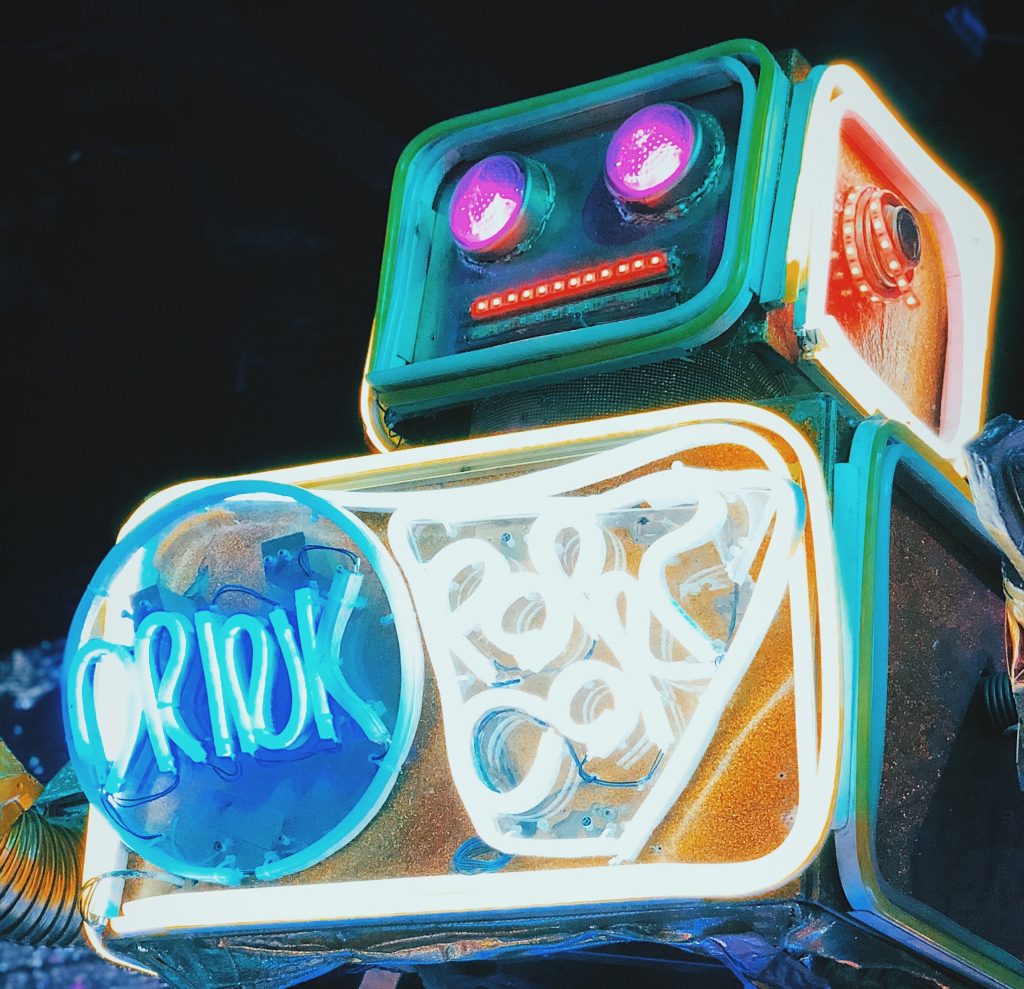How do you utilise chatbots for messenger marketing?
14th September 2018

In this age of distraction, marketers are becoming increasingly aware of the need for newer, more innovative ways to reach audiences. With big investment being made by all the major tech companies, there is scope to reach emerging audiences and clients through new technology. That’s why we’ve invested in working with the latest chatbot technology.
With the rise of messenger apps, sending and receiving messages through a bot is quick and easy. Customer services already use bot technology via mobile messaging platforms to facilitate conversations between services and existing or potential clients. Our question is, how do you use chatbots from a messenger marketing perspective?
What are chatbots?
Before implementing any sort of content strategy for a marketing messenger campaign, we have to have an understanding of exactly what chatbots are.
A chatbot is a piece of AI software that can “simulate a conversation” with a user in natural language. Whether that be through messaging applications, websites, mobile apps and phone.
Many consider chatbot ‘conversations’ the “most advanced and promising expressions of interaction” between a human and machine so far. From a technology point-of-view, the chatbot is a natural evolution from Q&A (question & answer) systems which leverage natural language processing.
The rise of messenger marketing
In the next five to seven years, messenger marketing is set to become the “world’s single biggest marketing channel”. Traditional forms of marketing (emails, SMS and phone calls) are being used far less by marketers. Instead, they are utilising mobile-friendly messenger apps such as Facebook Messenger, iMessage, and WhatsApp as marketing channels, boasting better engagement than other channels.
With messenger marketing, you can now create entertaining and interactive messages. These can include features like clickable call-to-action buttons, GIFs, image galleries and so much more. For that reason, messenger feels more personal than email but less invasive than SMS. This strikes the right balance for businesses looking to provide their services to new clients and customers.
Big investment, big money for chatbots & messenger marketing
According to a recent report by Grand View Research, the global chatbot market is expected to reach $1.23 billion (£935.2 million) by 2025. There is huge investment from the major tech companies and brands for chatbots and messenger marketing, backed by high user bases on messaging apps.
With over four billion monthly active users, messaging apps have now overtaken social media apps which reach an average of 3.5 billion people in comparison.
More recently, Facebook have released a whole host of data looking at the value of bots for business. It revealed that more than two billion messages are sent between people and businesses every month. WhatsApp, which currently has 1.3 billion users and counting, has a suite of tools allowing marketers to create chatbots.
It is important to remember with tech companies investing big money in chatbots that a successful chatbot adds value and improves the user experience for both the client and marketer.
What are the benefits of using chatbots for messenger marketing?
The marketing opportunities created by chatbots are unprecedented, yet only 1% of businesses have invested in this method of engaging with customers. Facebook messenger, for example, returns 10-80 times better engagement when compared to traditional email or social media. That’s the best engagement rate for any marketing channel right now! Furthermore, messenger apps also boast open rates of over 70% within the first hour, a massive improvement on average email marketing open rates of just 5-10%.
Basic chatbot messenger marketing guidelines:
- Aim to build a ‘subscriber list’ as you would with traditional email marketing. With apps like Facebook Messenger, users can ‘subscribe’ to your updates simply by sending your business page a message. Users should have the option to opt-out should they want to, because no one likes to feel trapped.
- Use technology sophisticated enough to replicate human conversations, but never try to ‘trick’ users into thinking they are talking to a human. This will only confuse and alienate.
- Carefully consider the messenger journey you’d like your potential customers to ‘travel’ through. Will you be sending one off broadcasts, autoresponder series, or a mixture of both? The structure of your chatbot should be based on audience insight data and the user experience.
- Most importantly, make your messages entertaining! People are adopting messenger marketing is because it feels more personal, so reflect this in your marketing communications. There’s no point going in cold when your subscribers want entertainment. Try using images, video content, GIFs, and polls to send fun messages that your subscribers will want to interact with.
- Last but not least: Don’t spam! Use segmentation to only send relevant messages, and always keep an eye on frequency. Because bombarding someone’s inbox is a sure-fire way to lose subscribers!
TLDR? With chatbot technology on the rise and rapidly replacing traditional methods, it is crucial that marketers understand its power to bring in new clients or customers to their company. When creating a messenger marketing strategy, it’s important to build a subscriber list and consider the user journey. Always use sophisticated technology that can replicate conversation without ‘tricking’ or ‘spamming’ your customers.
So, if you’re considering chatbots for your business (hint: you should!) don’t hesitate to contact us today as we have some exciting, innovative technology to discuss with you!

